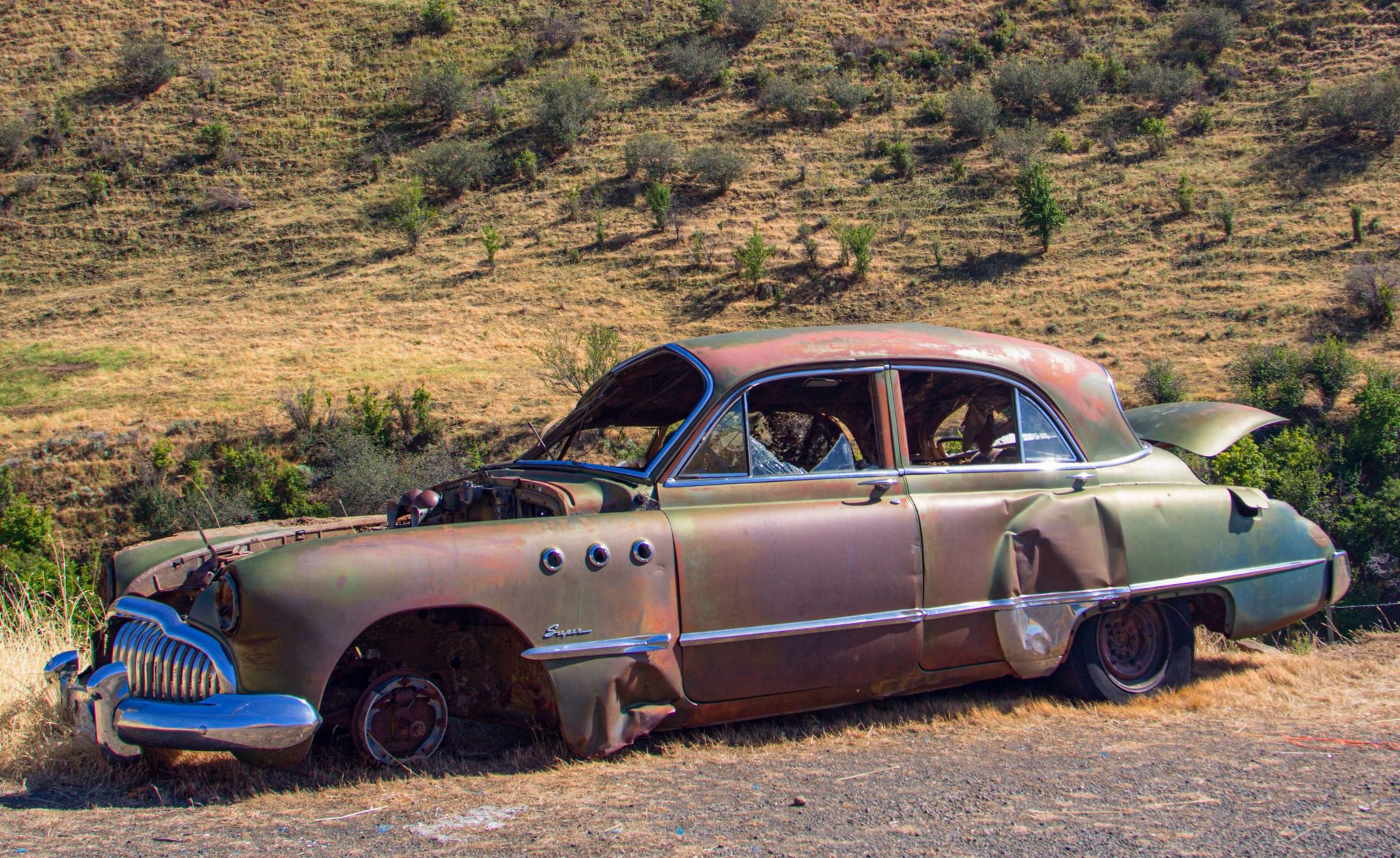The nation’s involvement in World War I created the demand for much of Montana’s resources. With the flu epidemic of 1918 and drought that followed, workers could no longer make a living. Soldiers returned from the war to a land and its people that had been ravaged by hardship and loss.
A time of depression and drought was the cause for the move from the plains of Montana to Idaho. Word came to the Cody and Knapp families giving glowing reports of good grass and tall timber in northern Idaho. One of the uncles loaded up his car with his sister’s family and made the drive to look things over. That trip brought its own excitement when the little girls got to attend a circus. Trained dogs, fire trucks, monkeys, and elephants were among the numerous sights. Never had they seen anything like it!
When they arrived in Idaho, they discovered the reports were true. Idaho was the place to be. They returned to Montana, sold their cattle for 3 cents a pound and prepared for the trip. Three wagons were loaded, two Knapp rigs and one Cody rig, with as much as could be carried safely. Each wagon was hitched to a team of horses with a spare team tied to the back.
Traveling by wagon, especially in a wagon train, though there were only three wagons, was quite a sight in 1931. Though automobiles were becoming more commonplace, many families trying to make a living on the land just couldn’t afford that luxury. When word came of a land with good grass, that meant a place to graze cattle, feed hungry bellies and pay for necessities. Horses and wagons could make that trip though it would take longer. There would be meager grass along the way for grazing the horses, no gas or oil required, though an occasional shoe had to be changed.

Cody and Knapp wagons ready to pull out as they head to Idaho
A place was prepared for the girls to play and sleep in the wagon. They peered from the back flap that opened in the back of the bonnet that covered the skeleton slats over the wagon bed. Dust rolled along behind them on the dirt roads. They bounced up and down, back and forth as they hit ruts and traveled on gravel lanes.
You might imagine the stares they received as their horses plodded along pulling the loaded wagons. Automobile passengers pointed, laughed and gawked at them, “Ha, ha. Look at them. Eat my dust!” Those same little eyes that saw those who mocked them saw quite another scene at the continental divide when some cars couldn’t make the climb. Those same mockers weren’t laughing then. They would pay dearly for a team of horses to unhitch from their wagons and pull the cars over the top. The view from that vantage point was breathtaking. To look back, it was easy to see how high the climb had been.
Flat prairies turned into rolling hills. Mountains appeared on the horizon as the wagons slowly made their way along mountain roads into lush green valleys. After a month on the road, the wagon train ended in Sandpoint, Idaho where they had purchased property months earlier. The reports were true. The grass was high and tender and there was plenty of fresh water. They pitched their tents, tarps or whatever they could find to shelter them from the cool nights and rainy weather while they built their log homes. At least they could use an old granary as their kitchen and dining area. The girls were entertained watching chipmunks steel potato and apple peelings and carry them off for later.

My grandmother in front of the middle wagon, my aunt, mother and
great grandmother at the back of the wagon on the right

my aunt, grandmother,
mother & granddad, 1931
The day came, November 11, 1931, when they moved from their tents into their white cedar log homes. When they awoke that morning, the tent sagged almost to the ground. It was freezing cold. They opened the flap, emerged from the tent and was welcomed by snow that sloughed off the canvas and down their backs. What a relief to be in their meager one roomed home with winter well on its way. Though winter was relatively short, there were days when snow was as high as the house. Winter did provide icicles to make ice cream.
The depression lingered and there was no way to buy clothes or food they couldn’t raise. A family member found work elsewhere and soon most of the family loaded the wagons and were on the move again. They saved enough money to lease a place and started back to Montana. That time, they sold their wagons and traveled by car.
Mountains high and forested
Valleys lush and green
It really looked like heaven
The prettiest place we’d seen.
The roads were different then and we
Could get off any where
To camp beside a rushing stream
And no one seemed to care.
In all that month our bathtub
Was a rushing mountain stream
When that water hit our bodies
It brot forth quite a scream.
Excerpts from my Grandmother’s poem telling
of their covered wagon adventure
My Mother only had a few vague memories of their trip. She and her sister were quite small. One thing she remembered was those who pointed and laughed at them as cars passed and left them in their dust. When those same people faced the steep mountain climbs, I imagine my Grandmother saying, “Who’s laughing now?” Don’t be too quick to point a finger, there’s 3 pointing back at you.

Oh Sheri !!! Thank you !!! Would it be possible for me to GRT a paper copy of this one ?? Please